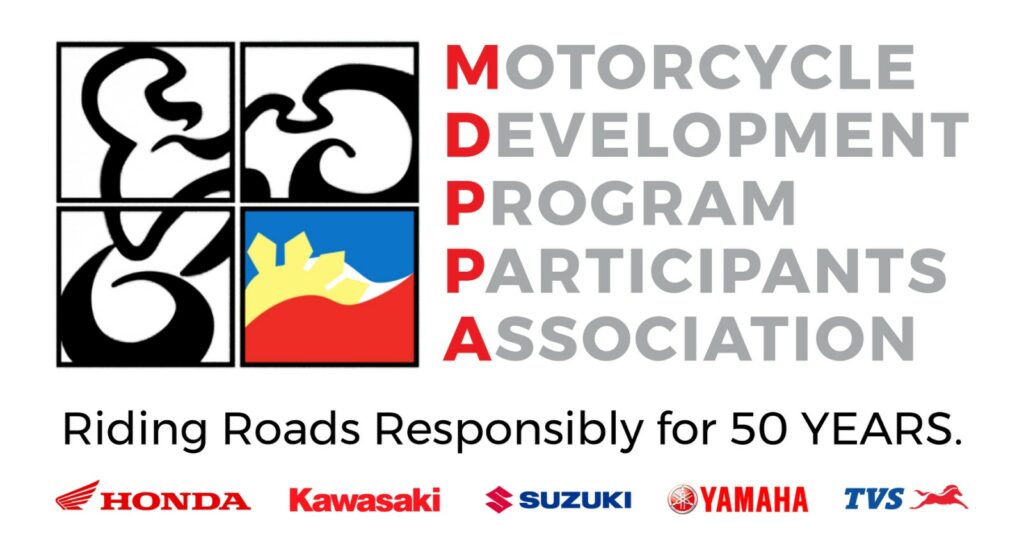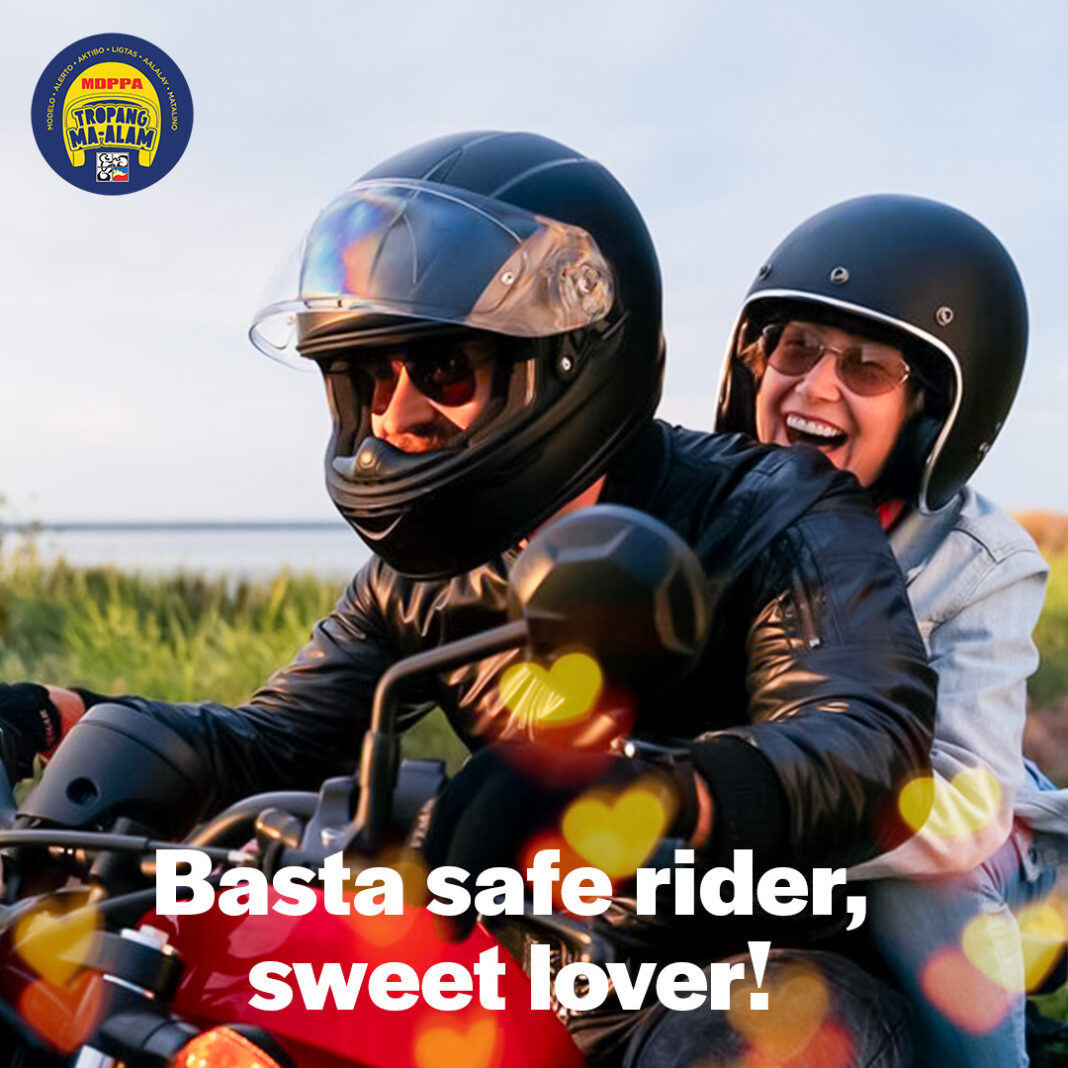Riding with your O.B.R. (official back rider) is one of the best ways to share the road and make memories together—but safety should always come first. A smooth, secure ride is not just about skill; it’s about responsibility, awareness, and proper preparation.
As part of its commitment to road safety and responsible riding, the Motorcycle Development Program Participants Association, Inc. (MDPPA)—through its “Tropang MAALAM” campaign—reminds all riders that the key to a safe and enjoyable trip with a passenger starts with the right habits. Whether it’s a short city ride or a long road trip, knowing how to properly accommodate and protect your O.B.R. is a must.
Here’s a quick and easy guide to making every ride with your back rider safe, comfortable, and worry-free.
Two helmets, one safe ride
Your O.B.R.’s safety starts before they even hop on the bike. Helmets are not optional—both you, the rider, and your passenger need to wear a certified, properly-fitted helmet at all times.
- Ensure your O.B.R.’s helmet is securely fastened and fits comfortably.
- Avoid loose or oversized helmets—they won’t provide proper protection.
- If possible, get a full-face helmet for maximum safety!
Protecting your O.B.R.’s head is the ultimate way to say, “I care about you”!
Proper seating: stay close, stay secure
How your passenger sits can make or break the ride. A proper seating position ensures balance, comfort, and safety for both of you. Here are some tips on the correct way to sit:
- Hands: Your passenger should wrap their arms securely around your waist, keeping their grip firm but comfortable.
- Upper Body: They should sit as close as possible behind you, moving with you—especially when navigating sharp turns or uneven roads. Think of it as riding as one unit for better balance and control.
- Knees: Their knees should press lightly against your hips, helping with stability and reducing sudden shifts in weight.
- Feet: Always ensure their feet are firmly planted on the passenger foot pegs to prevent imbalance or accidental interference with bike controls.
- Mirrors: Adjust your mirrors after your passenger is seated to ensure a clear rear view despite the added weight.
- Head Position: Ask your passenger to rest their head on the right side when needed, rather than the left, to avoid blocking your view when checking for traffic before turning, overtaking, or moving forward.
What NOT to do:
- Shifting weight unexpectedly, especially during turns.
- Holding onto your shoulders or arms (this can affect your steering).
- Moving suddenly, which can throw off your balance.
MDPPA tip: Always do a quick “ready?” check before hitting the road to ensure your O.B.R. is seated properly!
Communication is key: hand signals 101
Since you can’t exactly chat while riding, having basic hand signals and discussing them beforehand makes it easier to communicate while on the road. Here are some basic O.B.R. signals to know:
- Pat on your side → “Slow down” or “I’m uncomfortable.”
- Double tap on your shoulder → “I need to stop now.”
- Thumbs up → “I’m good!”
- Pointing ahead → “Watch out for that!”
Want an upgrade? If you and your O.B.R. ride together often, consider using Bluetooth intercoms for seamless communication!
Smooth moves! Ride with your passenger in mind
Riding solo is different from riding with an O.B.R.—the extra weight changes how the bike handles. Adjusting your riding style is key to a safe and smooth journey. Here are MDPPA’s tips for a smoother ride:
- Accelerate gradually! Sudden speed changes can throw off your O.B.R.’s balance.
- Brake gently and earlier than usual to accommodate the extra weight.
- Take turns smoothly. Leaning too aggressively can make your O.B.R. uneasy.
First-time back rider? Take them on a short practice ride before heading on a long trip.
Gear up, love up
Riding gear isn’t just for you—your O.B.R. needs proper protection, too! Before heading out, make sure they wear:
- A certified helmet (non-negotiable!)
- A riding jacket (for wind and impact protection)
- Gloves (for grip and comfort)
- Pants and closed shoes (no shorts or slippers—safety first!)
If you wouldn’t let your O.B.R. go out in bad weather unprepared, don’t let them ride without proper gear!
About MDPPA

The Motorcycle Development Program Participants Association, Inc. (MDPPA) is the country’s most relevant association proactive to the needs of stakeholders in the country’s motorcycle industry. MDPPA members include leading motorcycle manufacturers: Honda, Kawasaki, Suzuki, Yamaha, and TVS. Among the many goals of MDPPA is addressing the global industry gaps in road safety, regulation compliance, environmental protection, technology, and innovation through active consultation, representation, and communication with various stakeholders.


